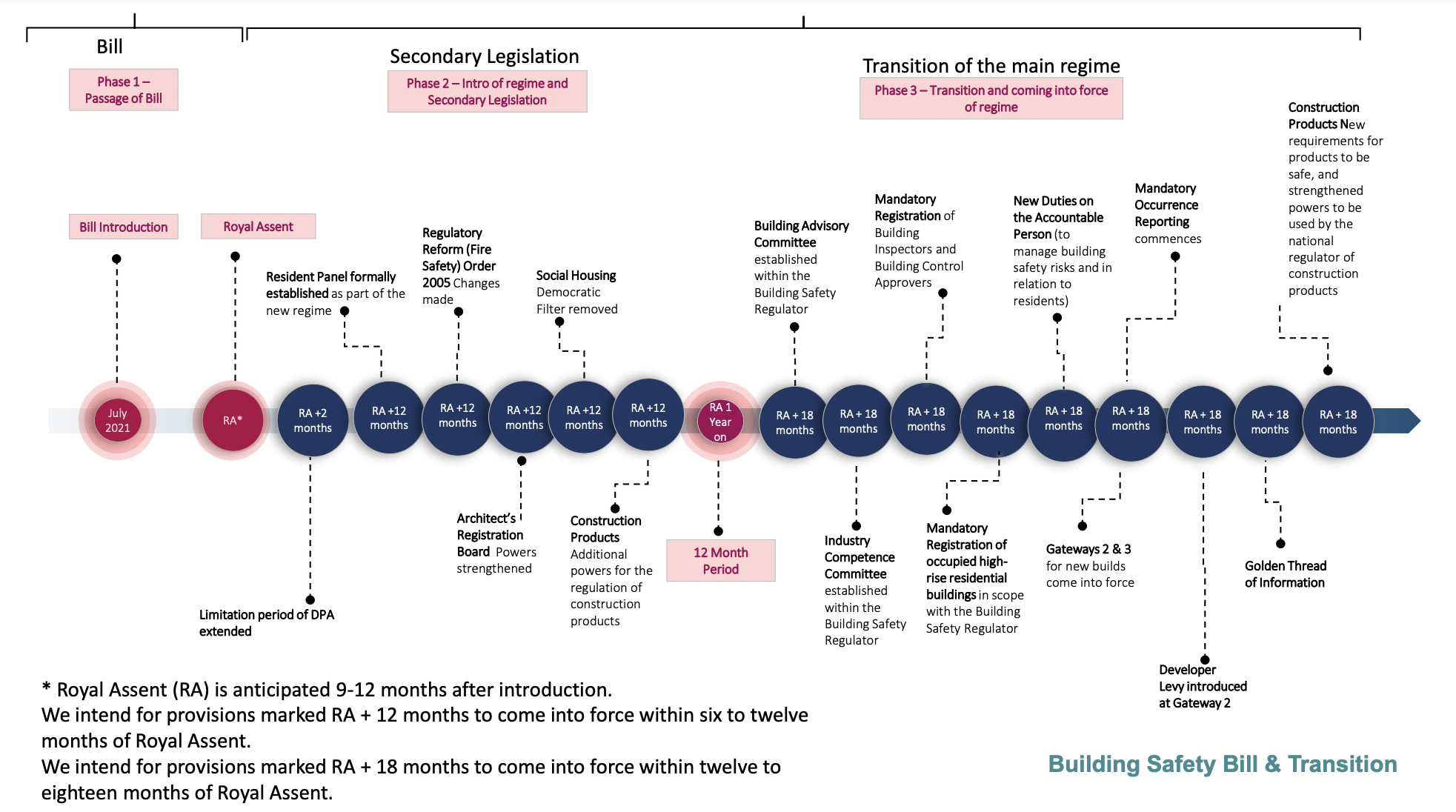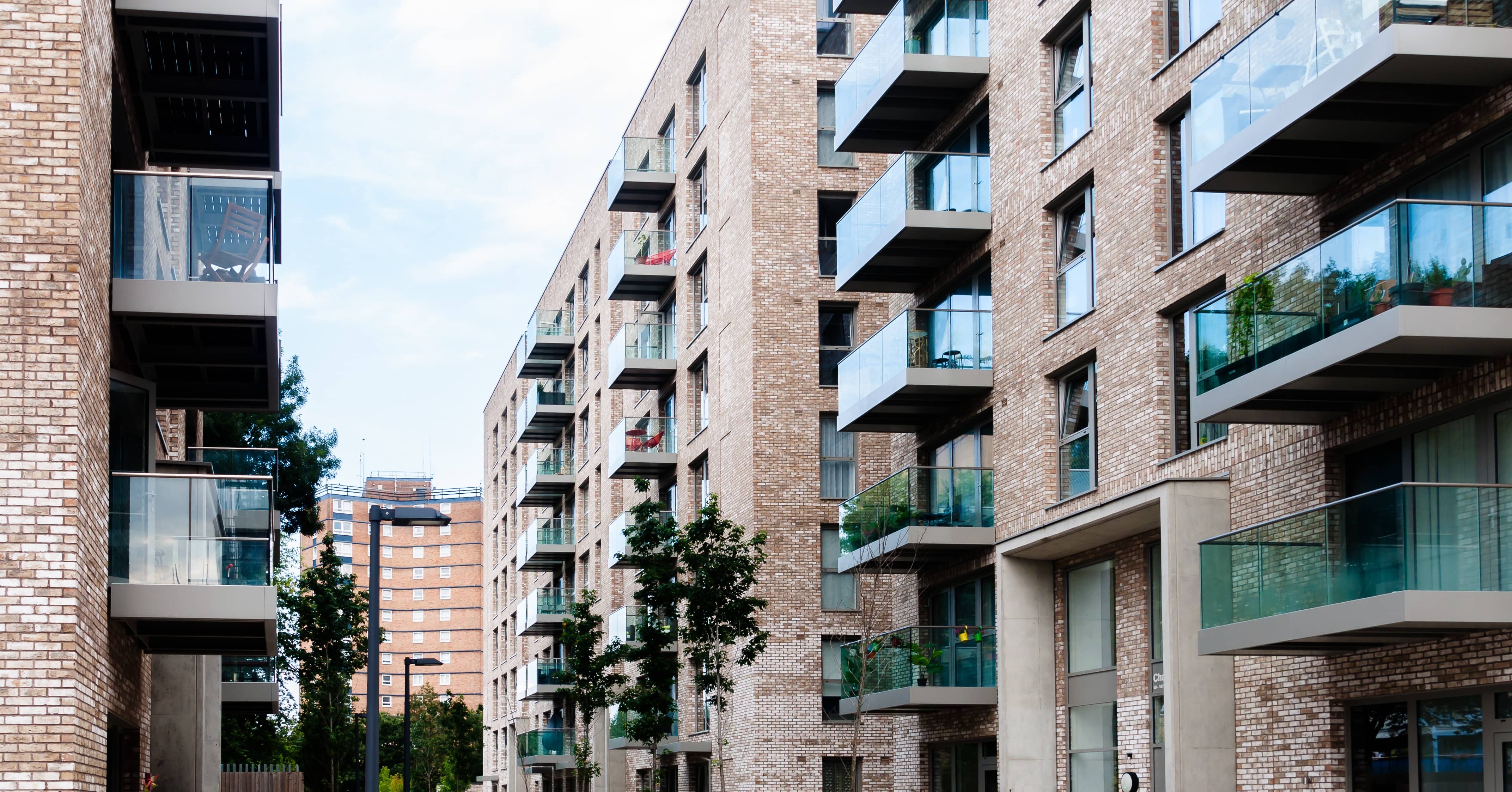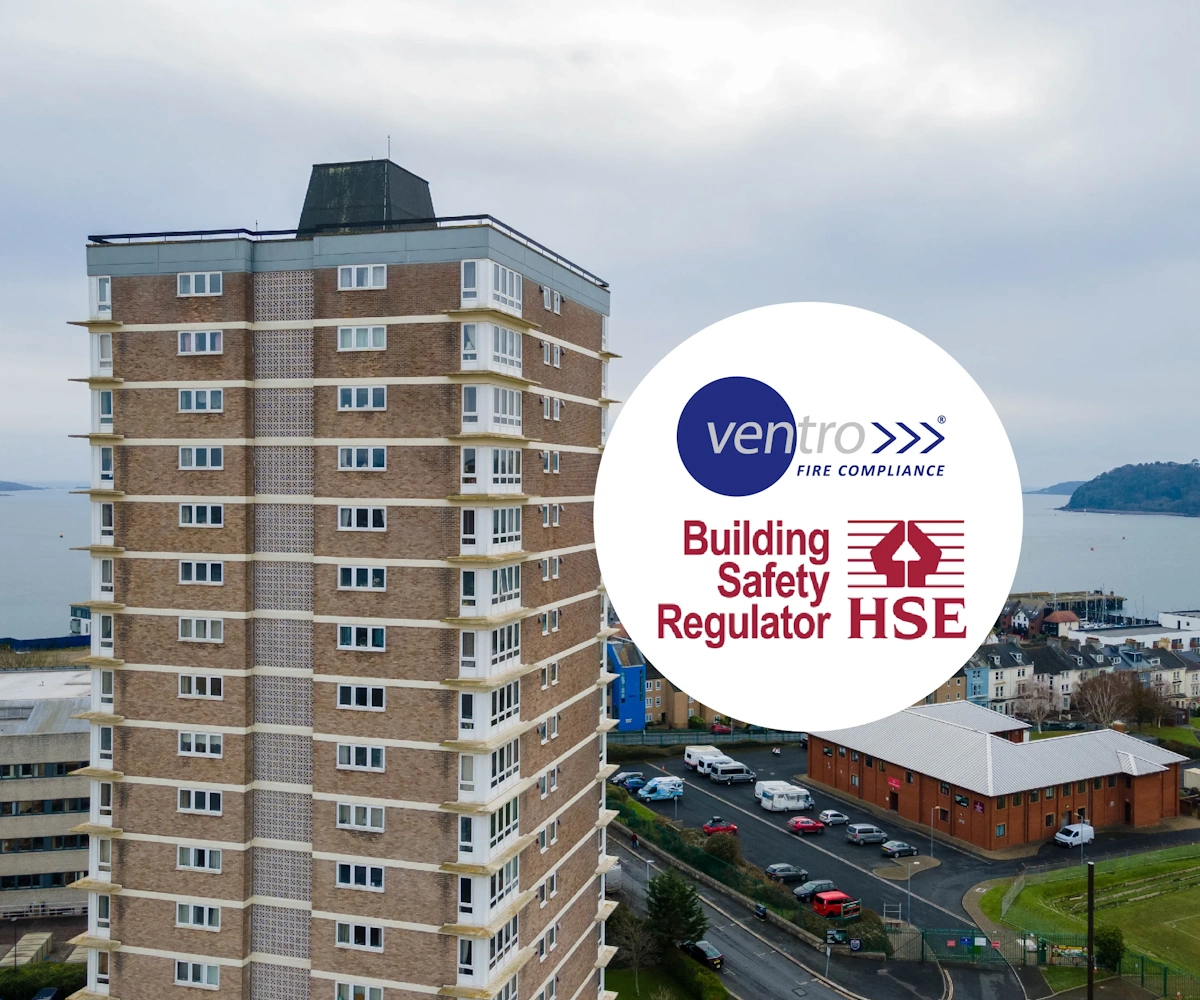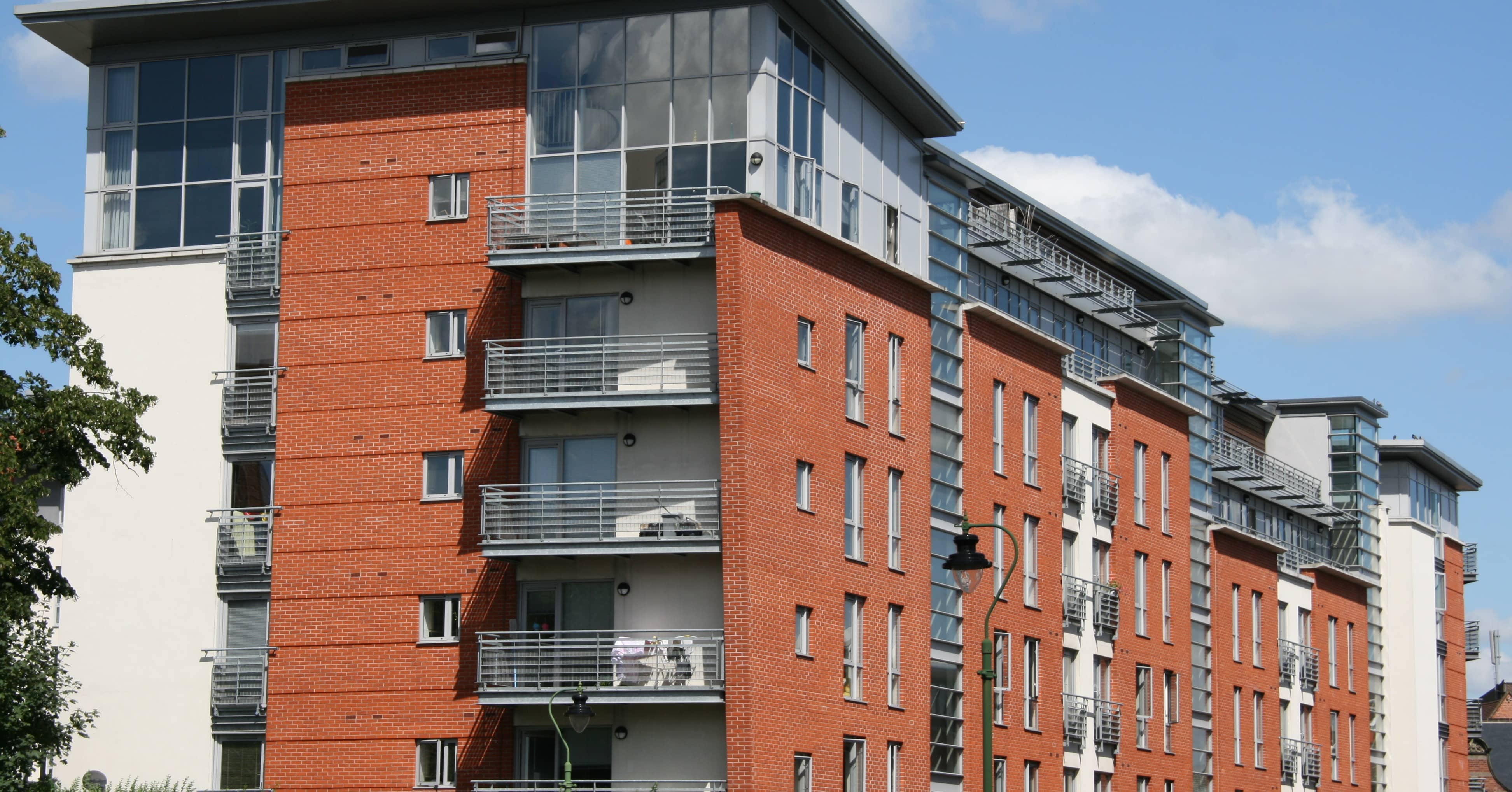Building Safety Act: Your Timeline to Required Compliance

The Building Safety Act granted Royal Assent on 28th April 2022. The new Act brings sweeping changes to how firms plan, design and construct buildings. For leaseholders, The Building Safety Act means greater protection under the law against legacy fire safety standard shortfalls.
Now that the legislation is law, we’ll explore the timeline of what needs to happen and by when. We also look at what the law requires for Accountable Persons, Building Safety Regulators and leaseholders to keep fire compliant.
The Timeline – What Needs to Happen and When?
Coming into effect within the next 18 months, the legislation provides an adjustment period, allowing regulators to make necessary changes. The full timeline of the legislation process can be found here:
Changes Required Within 12 Months
As changes in the law are happening fast, it's essential that you know what's required first and foremost. The following changes to be implemented before 27th June 2023 are:
- Set up a residents panel: A residents panel is a group of residents who live in a higher-risk building and are in communication with the Building Safety Regulator. This panel will directly discuss safety issues with the regulator, bypassing property owners
-
The Act ensures that any contribution required from qualifying leaseholders for non-cladding defects and interim measures is firmly capped and spread over 10 years
-
Added protections for social housing residents: residents with unresolved housing complaints will be able to contact the Housing Ombudsman directly without having to wait eight weeks or contact a designated person first
Changes Required Within 12 to 18 Months Of New Legislation
The Building Safety Act timeline requires the bulk of changes to come into effect within the 12 to 18-month window. These include:
- The establishment of the Building Advisory Committee as an arm of the Building Safety Regulator to improve its oversight of all new building projects
- New responsibilities for the Accountable Persons to ensure leaseholders don’t end up paying the costs of the new legislation
- New requirements for various construction products to be included on safe lists and oversights designed to ensure construction products are safe and operate effectively over their intended lifespans
- New responsibilities for the Accountable Persons to manage building safety risks and regularly engage with residents
- Mandatory registration of all new high-rise residential buildings with the Building Safety Regulator
- Compulsory registration of all building control approvers and inspectors
- Registration of all high-rise occupied flats and residential buildings with the Building Safety Regulator
- The requirement to form a new Industry Competence Committee within the Building Safety Regulator to help it perform its functions and improve the quality of new buildings under construction
What Is the Building Safety Regulator and How Will It Affect Businesses?
The Building Safety Regulator has been named the Health and Safety Executive (HSE) and this is at the heart of the government’s building safety reform plans in England. It’ll be responsible for:
- Leading the development of more stringent building regulation codes for higher-risk buildings
- Improving and assisting greater competence in the construction industry and among building control professionals
- Providing oversight for the safety and performance of all buildings using data to research and identify emerging risks
- Leading implementation of the new regulatory framework for high-rise buildings
The Building Safety Regulator is now the building control authority for occupied high-rise residential buildings. They’ll work closely with local authorities, fire departments and construction bodies and are responsible for giving duty holders clear accountability and statutory responsibilities as buildings are designed, built, refurbished and occupied.
To prepare for the new Buildings Safety Regime, developers must:
- Ensure staff understand and comply with the new regulations. They must develop them to the point where they can become responsible duty holders
- Ensure suppliers provide materials that are compliant with the new legislation
Building Safety Regulators will also need to comply by:
- Appointing an Accountable Person to take responsibility to manage building safety risks and ensure residents don’t end up footing the bill
- Setting up a residents panel that can communicate directly with the regulator directly
- Ensuring more stringent fire prevention is in place
- Giving residents more freedom to complain to the Housing Ombudsman directly
Start Today to Ensure Your Building Is Compliant With the New Building Safety Act
Keeping up with legislation and frameworks isn’t easy — especially when compliance is a must. Now the Building Safety Act is here, we want to equip you with all the information you need to get prepared for the law.
To help, we've created a Building Safety Act checklist with all of the critical factors you need to consider. Get your free copy today using the button below and ensure compliance by ticking it off as the law comes into effect.
Sign up for fire safety updates
You'll receive all the latest news and blogs straight to your inbox.







